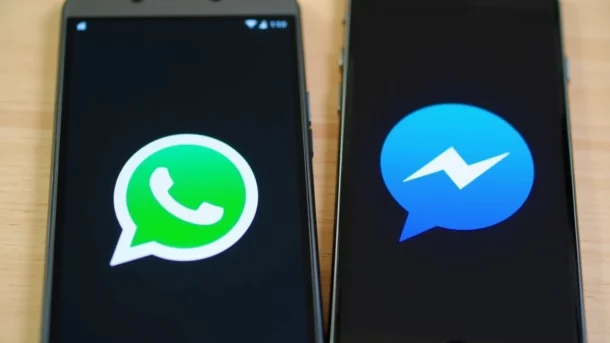In the rapidly evolving digital landscape, secure communication has become a paramount concern for individuals and organizations alike. Two widely popular messaging platforms that have gained significant traction due to their robust security features are WhatsApp and Signal. This article will conduct an in-depth comparative analysis of the security measures employed by these two applications, providing a comprehensive understanding of their strengths and weaknesses.
End-to-End Encryption
Both WhatsApp and Signal employ end-to-end encryption as their primary security protocol. End-to-end encryption ensures that only the intended recipients can access the content of the messages, even if intercepted during transmission or stored on servers. However, there are subtle differences in how they implement this feature.
WhatsApp uses the Signal Protocol, a robust open-source encryption system developed by Open Whisper Systems. This protocol provides forward secrecy and perfect forward secrecy, ensuring that even if a user’s private keys were compromised in the future, past messages would remain secure. Additionally, WhatsApp encrypts message metadata such as sender and recipient information.
Signal, on the other hand, is built entirely upon the Signal Protocol. It offers the same level of encryption as WhatsApp but with an additional layer of security. Signal does not store any user data or metadata on its servers, providing an extra barrier against potential breaches or government requests for access to private communications.

Key Verification
Key verification is a crucial aspect of ensuring end-to-end encryption is functioning correctly. Both WhatsApp and Signal offer key verification mechanisms, but they differ in their implementation.
WhatsApp provides an optional “Show Security Code” feature, which allows users to verify that the keys on both devices match. If the codes match, it indicates that the user’s communication is encrypted end-to-end. However, this method relies on manual comparison and may not be as convenient for some users.
Signal takes a more robust approach by requiring mandatory key verification during setup. Users are prompted to verify their connection with others via QR code scanning or comparing security codes aloud over an independent channel of communication. This ensures that the keys match and provides an additional layer of security against eavesdropping or man-in-the-middle attacks.
Disappearing Messages
Disappearing messages, also known as ephemeral messaging, allow users to set a timer for when their messages will automatically expire after being read by the recipient. Both WhatsApp and Signal offer disappearing message functionality, but with different default settings and customization options.
WhatsApp’s disappearing messages feature is an opt-in setting that can be enabled on a per-chat basis. The available timer options are 24 hours, 7 days, or 90 days after the last seen message. Once enabled, all new messages in the chat will automatically disappear at the chosen interval.
Signal takes a more privacy-focused approach by offering disappearing messages as the default setting for all one-on-one chats. Users can choose from various timer options ranging from 5 seconds to 1 week or disable it entirely. For group chats, disappearing messages must be enabled manually and offer the same timer choices as in one-on-one conversations.
Open-Source Code
Open-source software provides transparency and allows independent security audits, which is crucial for building trust in secure messaging platforms. While both WhatsApp and Signal are open-source projects, their levels of openness differ significantly.
WhatsApp’s codebase is not completely open-source. The company has released some parts of its Android client as open-source under the GPLv3 license, but the iOS client and server-side components remain proprietary. This limited openness may raise concerns about potential backdoors or vulnerabilities that are not visible to external auditors.
Signal, in contrast, is fully open-source with all of its code available on GitHub for anyone to review, audit, and contribute to. The project has a strong commitment to transparency and encourages independent security experts to analyze its implementation. Signal’s open-source nature allows for continuous improvement through community involvement and provides a higher level of trust for users.
Conclusion
In the comparative analysis of WhatsApp and Signal’s security features, it is evident that both platforms offer robust encryption mechanisms and strive to protect user privacy. However, Signal takes a more aggressive stance on privacy by not storing any user data, mandating key verification, and offering disappearing messages as the default setting.
WhatsApp, while providing strong end-to-end encryption, falls short in some aspects such as its partially open-source nature and optional disappearing message feature. Both platforms have their strengths and may cater to different user preferences depending on specific security needs.
Ultimately, both WhatsApp and Signal provide significant improvements over traditional unencrypted communication channels. By understanding the nuances of each platform’s implementation, users can make informed decisions about which messaging app aligns best with their privacy and security requirements in today’s digital era.





